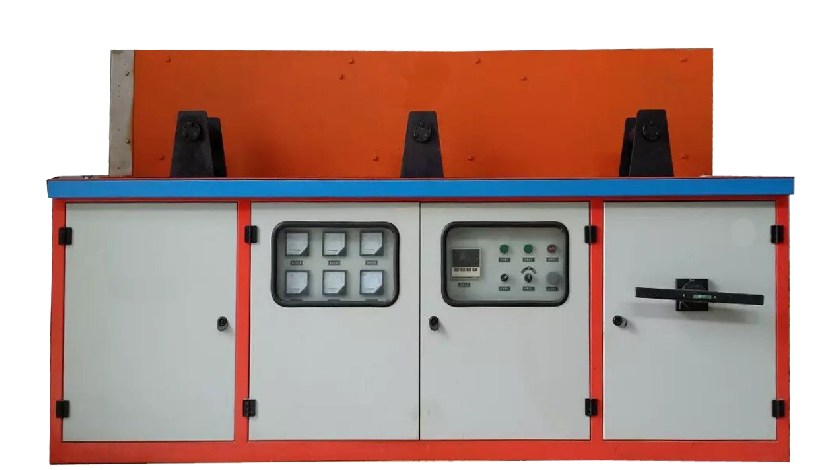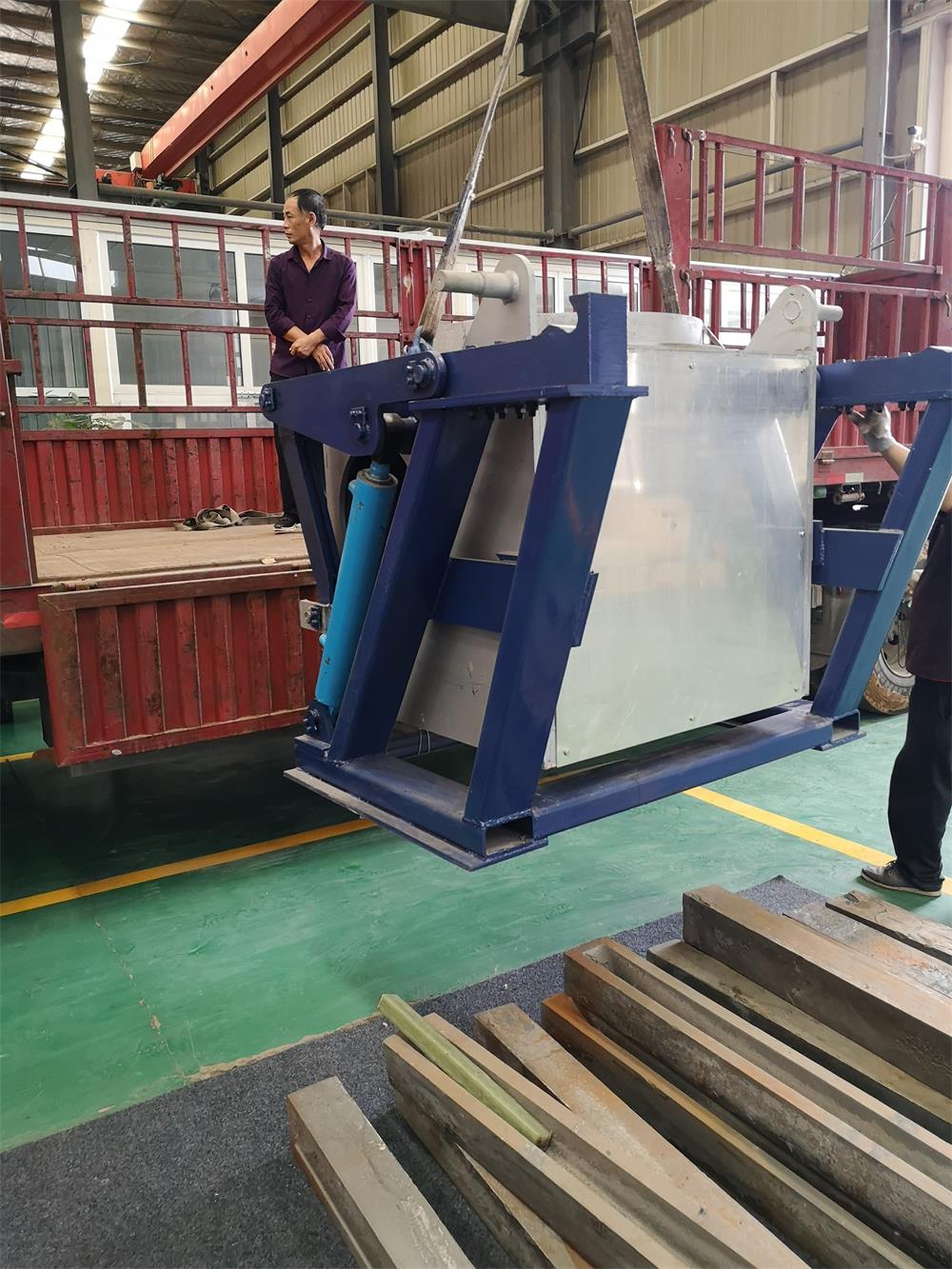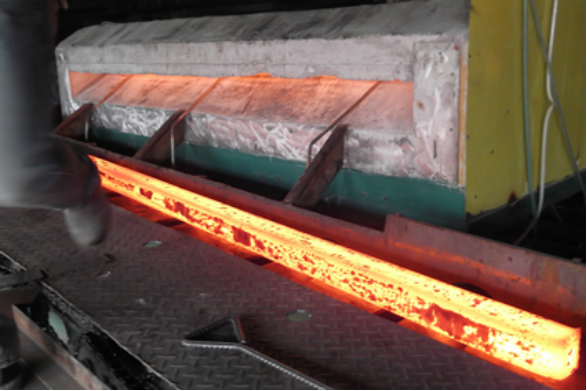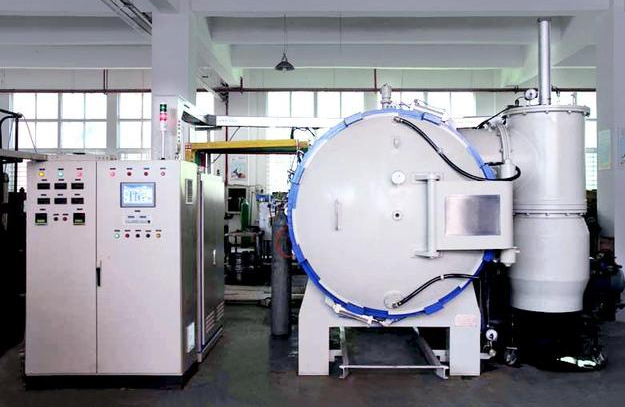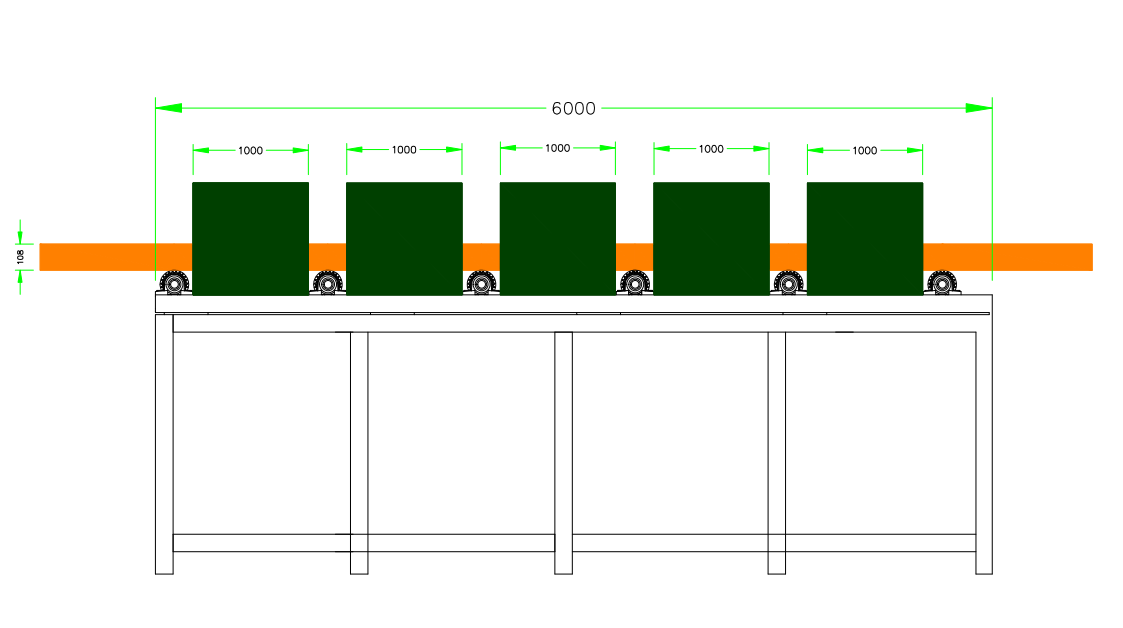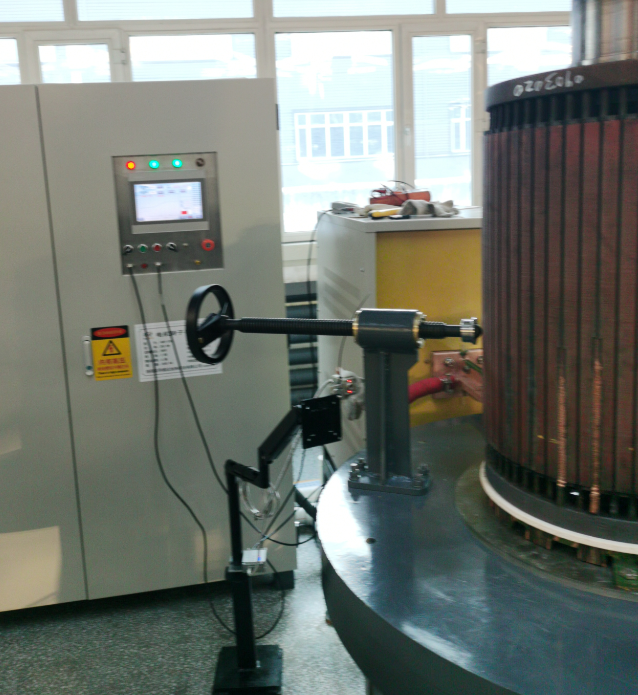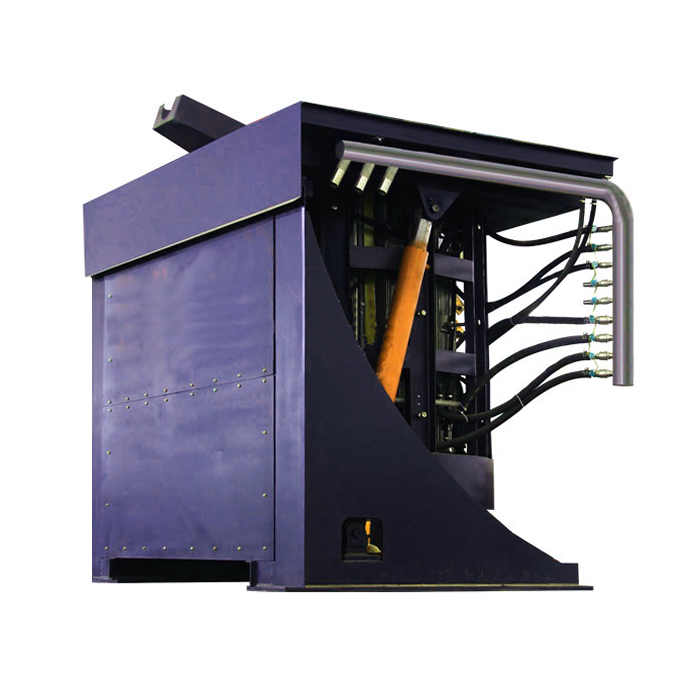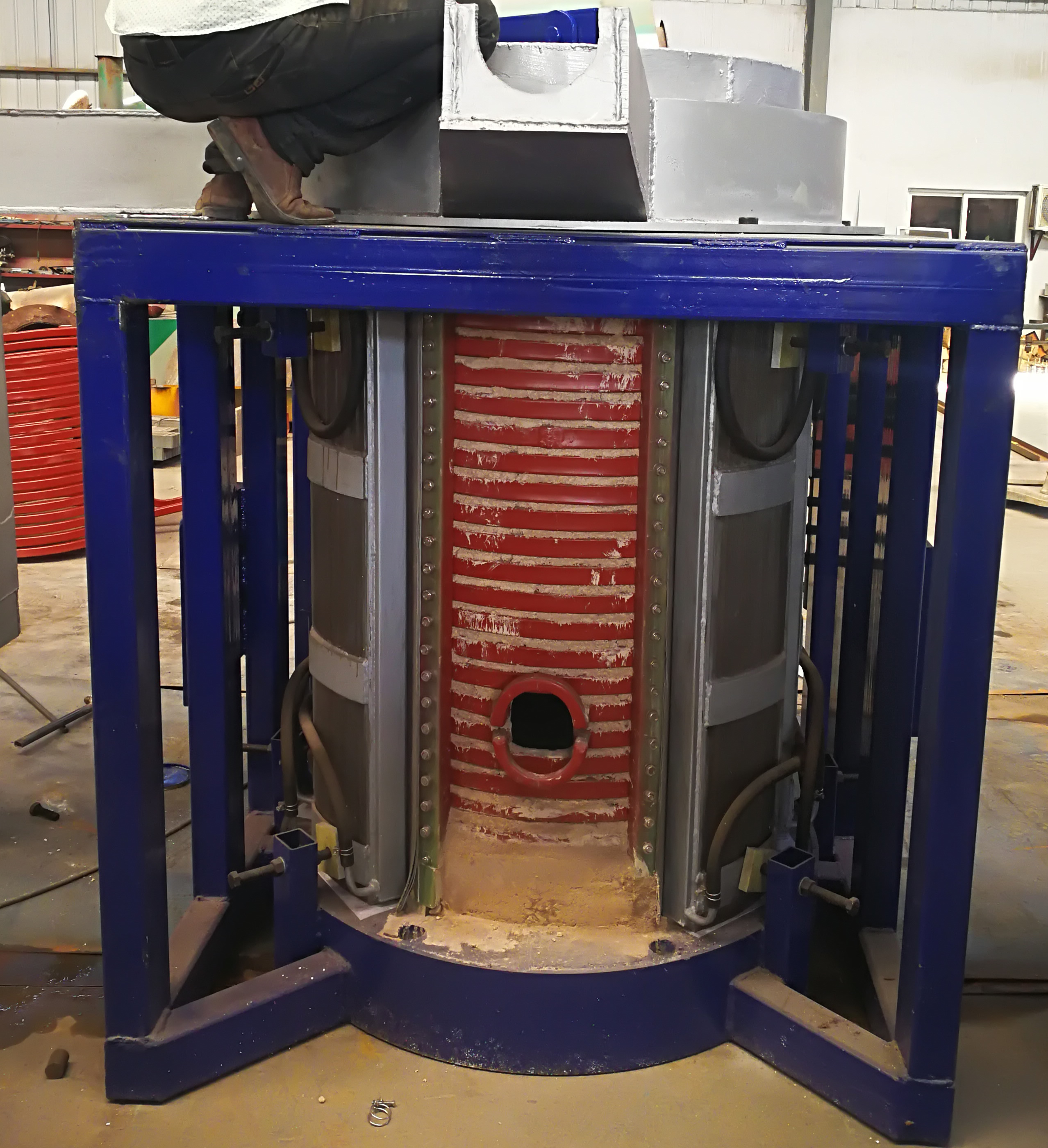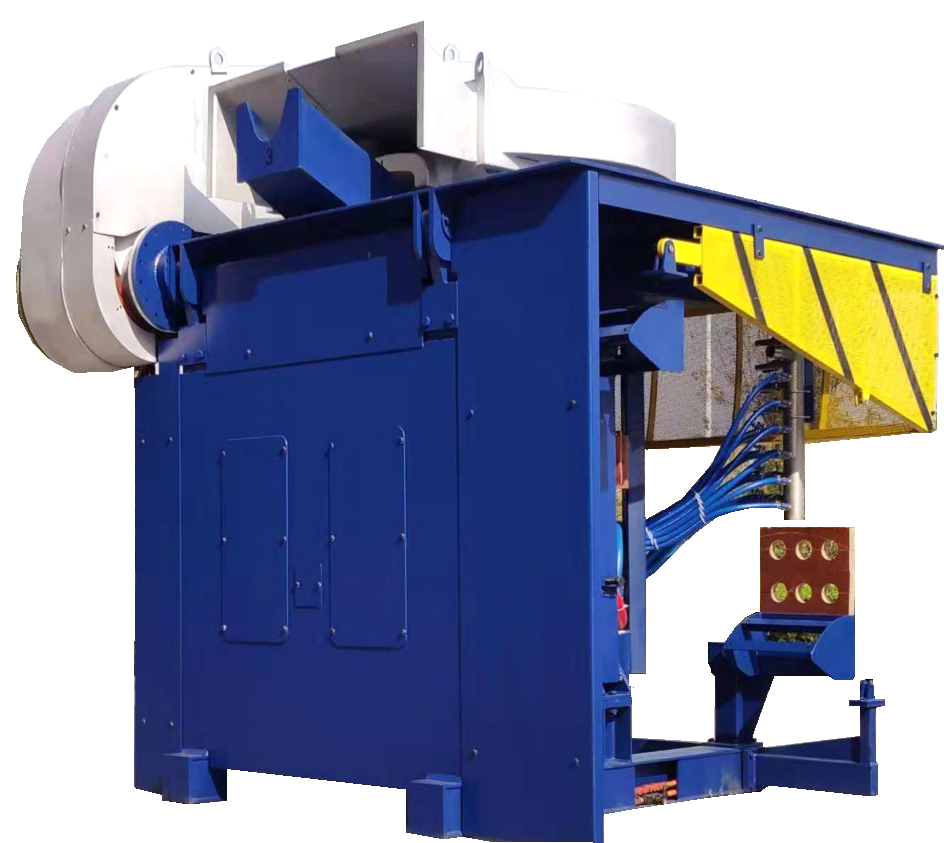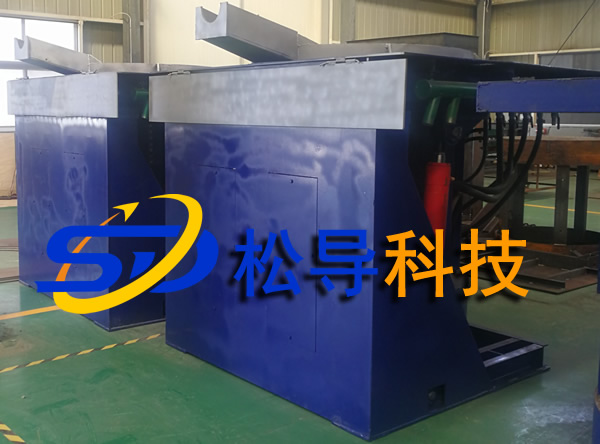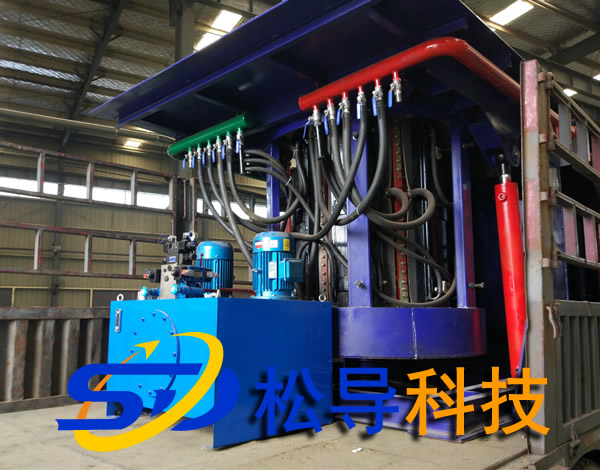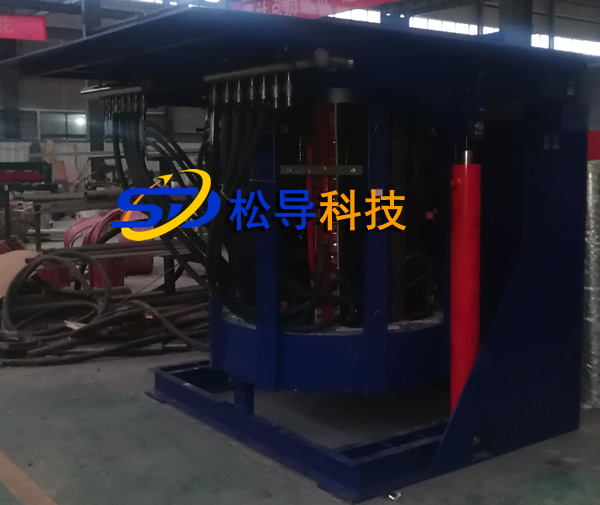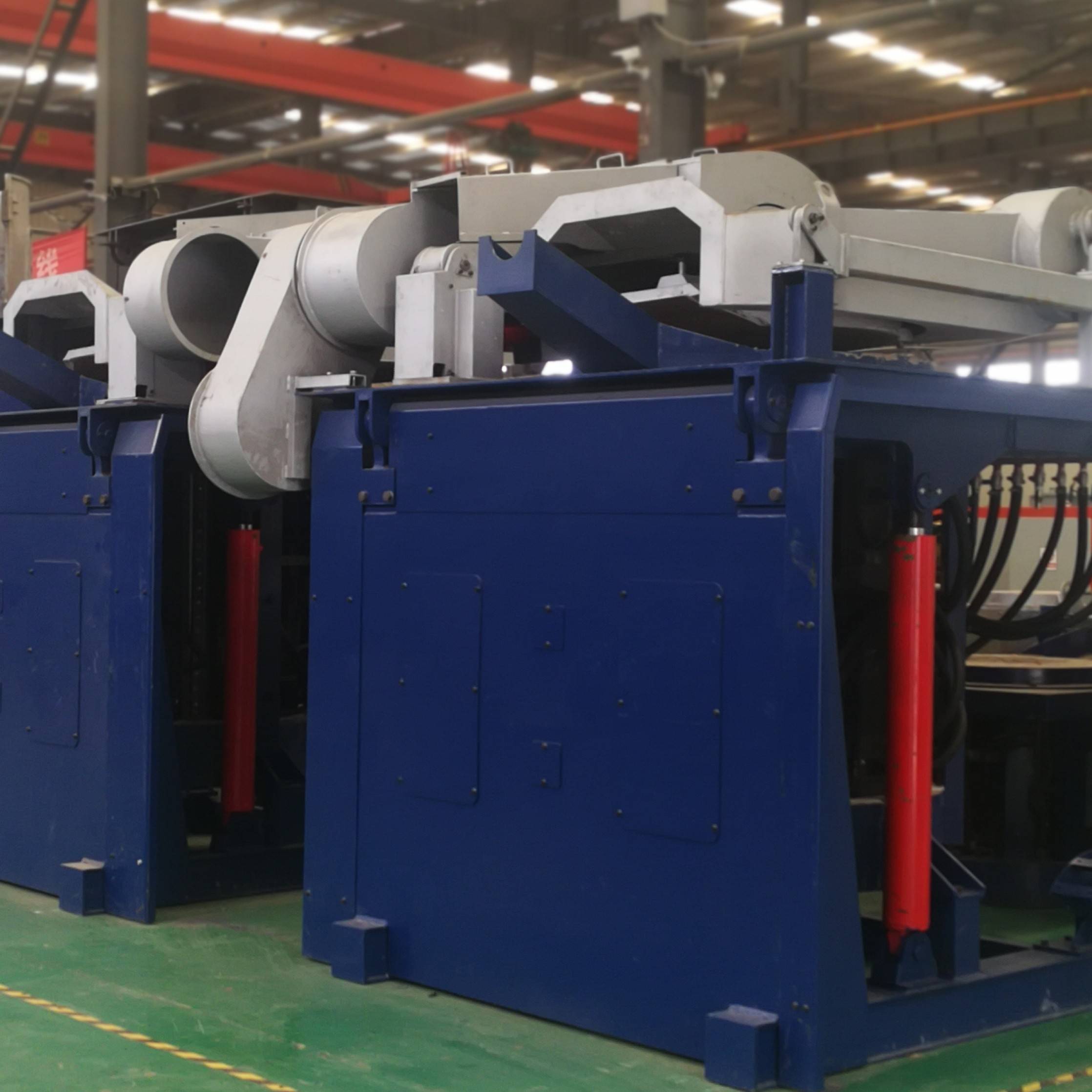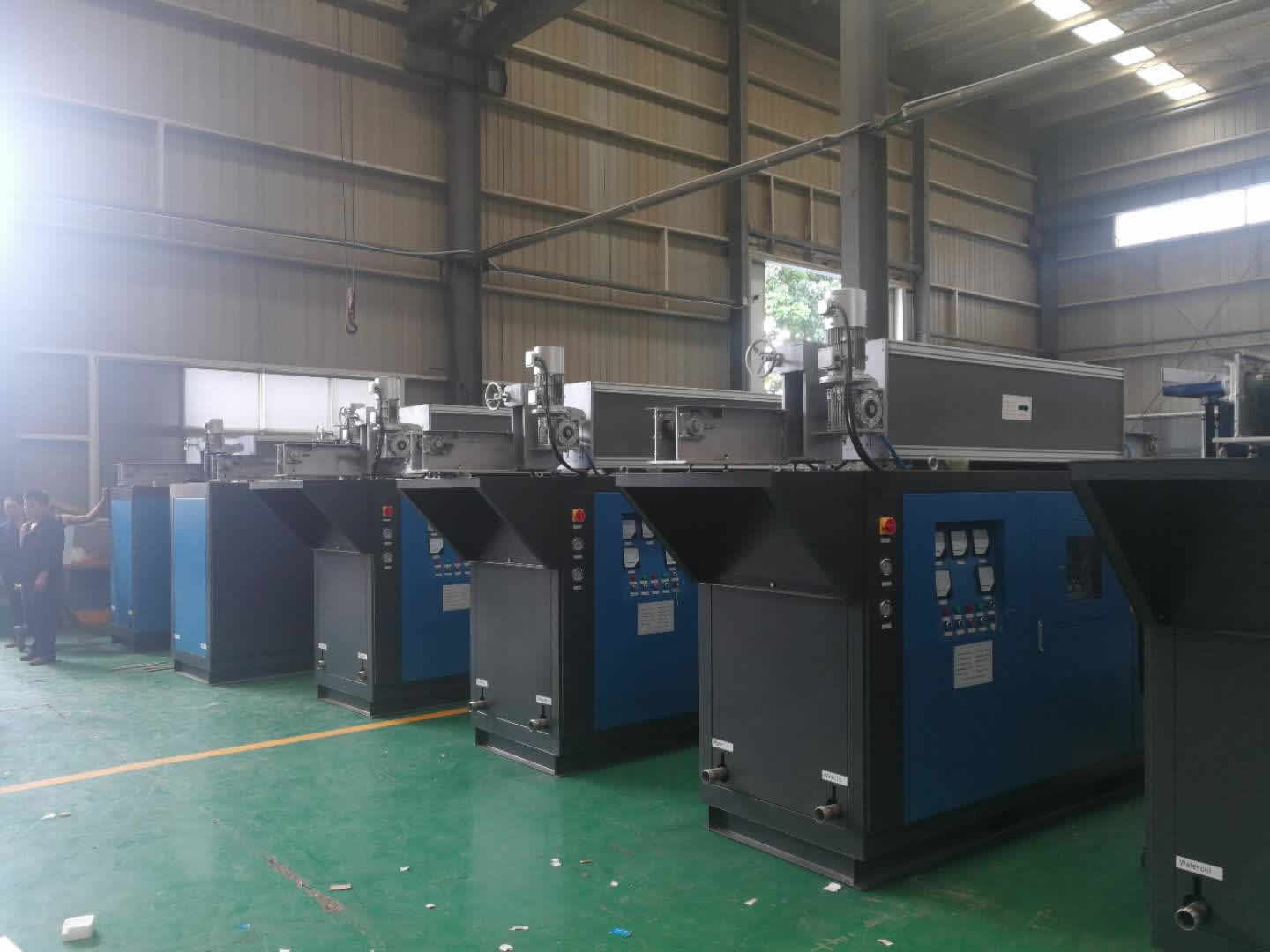
洛阳松导感应加热科技有限公司
联系方式:15038554363
24小时技术热线:15038554363
邮 箱:1390003299@qq.com
厂址:河南省洛阳市洛新工业园区
物理学家在量子力学精度下对原子进行了分离
University of Bonn大学的研究者展示了一个单原子是如何被分离成两等份的——将他撕开再合并起来,尽管“原子”这个词在字面上是“不可分割的”,量子机械论的法则使我们能够将原子分离开来(类似于光线),并重新合并起来。研究者希望通过使相邻的原子相互接触(在他被分隔时)来建立一个量子力学的纽带,以便他能够像两个柱子之间的桥跨一样起作用。
这项研究结果刚刚被发布在了Proceedings of the National Academy of Sciences杂志上。
分离原子?然而,听起来像核裂变和放射现象的是利用量子力学的一种精密程序,量子力学的法则使物体能够以几种状态同时存在,这也是所谓的双分离试验的依据和一个颗粒能够同时通过两个裂缝的地方。Bonn科学家跟来自University of Bonn大学Institute for Applied Physics协会的Dieter Meschede教授进行了合作,他们成功的使一个单原子同时存在于超过10微米的两个地方,或者说是在一百分之一毫米的距离中,这对原子来说是一个很大的距离,然后,原子会毫无破损的重新汇聚在一起。
原子有一种分离的个性
这种脆弱的量子效应只能在Z低的温度条件下通过仔细的处理才能发生,一种方法是使用激光冷却铯原子——到绝对零度以上十万的温度——然后再使用另外一束激光进行处理,这种激光束对于原子的分离来说很关键,他能够起作用的原因是原子会朝着两个方向进行旋转,基于这个方向,原子会像在一个传送带上一样被激光向左或向右移动,关键是原子的自旋能够同时在两个方向进行,所以,如果原子同时向左和向右移动,那么他就会分离开来。“原子有一些分离特性,当一半向右移动,一半向左移动的时候,他仍然是一个整体,”Andreas Steffen解释道,他是这个出版物的首席作者。
各个部分会将他们的经历进行对比
但是你不会直接看到分离的过程,如果你对着原子拍一张照片,分离过程立刻就会停止,然后原子能够在几种图像中被看到,一些在左边,而另一些在右边——但是永远不会同时出现在两个位置。然而,通过将这些原子重新聚集起来仍然能够证明分离的成功性,因此,我们能够从单个的原子中制造出一种干扰仪,这种干扰仪可以被用来精确的测量外部影响。在这里,原子被分离开来,单独移动,然后又重新合并,我们所能够看到的是两个位置上的磁场的差异或者加速度,由于他们会被压印到原子的量子力学态上。这个原理已经可以被用来非常准确的调查例如地球的加速度的力。
量子系统作为工具?
然而,Bonn科学家正在寻找一些其他的东西:模拟复杂的量子系统。许多物理学家都希望能够使用小型量子系统模拟所谓的拓扑隔离器或植物的光合作用——这种现象是现代的超级计算机很难捕捉到的。制造出这种模拟器的首要步骤包括在固体中对电子的移动建模,这样能够使我们观察到革新型的电子设备,例如,单个石墨烯层中电子的Dirac运动,或交互影响的颗粒中人造分子的出现。但是为了实现这个目的,单个的分子不仅需要很好的被控制,而且能够根据量子机械法则连接起来,由于问题的关键在于一种由许多量子物体制成的结构中。
变速箱中的钝齿
“对于我们来说,原子是一个被很好的控制的涂油钝齿,”Andrea Alberti教授说道,他是Bonn实验的小组领导,“你可以使用这些钝齿制造出一个性能良好的计算器,但是为了使他能够工作,他们必须齿合在一起,”这就是分离原子的实际意义所在:因为这两个等份再次被合并在了一起,他们能够跟左边和右边的相邻原子接触,然后进行共享。这就使原子形成的小网格可以被使用——像电脑的存储一样——来模拟并控制真实的系统,这将使他们的秘密更容易被理解,科学家认为以这种精确度控制单个原子的潜能将在以后变得更突出。
Chiral Asymmetry Can Emerge from Maximal Symmetry
Researchers at Chalmers have shown that maximally symmetric systems of particles can spontaneously produce two different patterns, which are mirror images of each other. The results have been published in the journal Physical Review Letters -- one of four articles from the research group in the same journal within a short period of time. The research group is working towards a mathematical design of self-assembling nanomaterials.
These two patterns are mirror images of each other. To see the difference between them, compare how a row with six triangles connects to one of the hexagonal shapes. A chiral pattern of this kind can occur despite the fact that all particles (dots) are the same type and acting with equal force in all directions. (Credit: Physical Review Letters: “Chiral Surfaces Self-Assembling in One-Component Systems with Isotropic Interactions”.)
The Chalmers researchers are working on so-called self-assembling systems. The aim is to calculate how to construct molecular building blocks which, when mixed together, self-assemble into advanced nanomaterials -- like pieces of a puzzle that completes itself.
An important property in many chemical and physical systems is something called chirality. Most larger molecules are chiral, which means they exist in two different versions that are mirror images of each other, like our left and right hands. The two versions often produce a completely different effect in, for example, the human body. One well known example of this is the drug thalidomide, where one chiral variation of the active molecule can cause birth defects.
Chirality normally occurs when different types of particle or atoms combine into complex molecules. Researchers at Chalmers have now, however, demonstrated something completely new in the field of physics: chirality can occur spontaneously, even in systems that comprise only a single type of basic, spherically symmetric particle. This means that it doesn't matter how the particles are rotated in relation to one another. The forces acting between the particles depend only on the distance between them.
"Chiral asymmetry can therefore occur spontaneously in a system where the basic condition is maximal symmetry," says Martin Nilsson Jacobi, head of the research group. "This is an important breakthrough in our attempt to develop self-assembling materials. It may also shed new light on the issue of why chirality is so prevalent in nature."
The basis for the discovery is a mathematical method developed by the research group. This method enables them to take any crystal and calculate exactly which forces are required between the particles to form this exact crystal. This is a new technique for designing self-assembling systems, and has also been published in Physical Review Letters.
The majority of researchers in the field use experiments and data simulations to cope with the enormous complexity represented by self-assembling systems. To design the building blocks that lead to a desired structure, the components are gradually altered to try and achieve the correct final result. Chalmers researchers, however, calculate the solution to the design problem in advance.
"We design the building blocks mathematically," says Martin Nilsson Jacobi. "So far, the forces between the particles produced using our methods are too complicated to be implemented in the lab, but we are working to simplify them in various ways."
The group is currently developing analytical methods to construct nanoparticles whose surfaces are covered by molecules in a set pattern. The molecules will enable the particles to combine in exactly the right way to form desired structures.
"Research into material manufacturing is currently focusing increasingly on self-assembling materials," says Martin Nilsson Jacobi. "One source of inspiration is living cells, where self-assembly and self-reparation take place all the time. Incredibly complex molecular machineries are assembled spontaneously, when atoms and molecules attach themselves to one another with different types of bindings."
Researchers across the world are now attempting to emulate these systems, which evolution has created and fine-tuned over millions of years. They can also create wholly new materials with exotic properties which do not occur in nature, so-called metamaterials. Examples are materials that do not propagate sound in certain frequency bands, or materials that do not expand when heated.
Z高对称中出现的对掌性不对称
Chalmers的研究者展示了颗粒的Z大对称系统能够同时产生两种不同的模式,并且这两种模式相互是对方的影像。这项研究结果被发表在Physical Review Letters杂志上,研究者小组的四篇文章在短期内将会发布在同一杂志上。这个研究小组正在致力于研究自我装配的纳米材料的一种数学设计。
这两种模式彼此是对方的镜像,为了观察出他们之间的差异,对比六个三角形的一排是如何与一个六边形相连的,这种对掌性的图形会出现,尽管所有的颗粒都是同一种类型,并且在所有的方向以同样的力起作用。(Credit: Physical Review Letters: “Chiral Surfaces Self-Assembling in One-Component Systems with Isotropic Interactions”.)
Chalmers研究者正在致力于所谓的自我装配系统的研究,他们的目标是计算出如何建造这种分子构筑模块,使他们在被混合到一起的时候,能够自我装配到高级的纳米材料中——像一个谜底一样将自己解开。
许多化学和物理系统中的一种重要特性是一些叫做对掌性的东西,许多大型分子是对掌性的,这意味着他们会存在于两个不同的版本中,这两个版本相互之间是对方的映像,就像我们的左手和右手一样。这两个版本通常会产生出一种完全不同的效果,例如在人体中。一个为人熟知的例子是撒利多胺(一种药物),在这种药物中活性分子的对掌性变异能够引起先天畸形。
通常情况下,当不同类型的颗粒或原子结合到复杂的分子中时对掌性就会出现,然而,Chalmers的研究者目前展示了一些在物理学领域从来没有出现过的现象:对掌性能够自发的出现,即使是在那些只有单一类型的基础球形对称颗粒组成的系统中。这意味着不管这些颗粒相互之间是如何旋转的都没有关系,在颗粒之间起作用的力只取决于他们之间的距离。
“因此,手性的不对称能够在基础条件Z大对称的一个系统中自然发生,”Martin Nilsson Jacobi说道,他是这个研究小组的领导,“这是我们在尝试开发自我装配材料过程中的一项重要突破,他也许还能够为我们揭示出对掌性在自然界如此普遍的原因。”
这项发现的基础是研究小组开发出的一种数学方法,这个方法使他们能够获得任何晶体,并准确的计算出颗粒之间需要产生多大的力才能形成这种精确的晶体。这对于自我装配系统的设计来说是一项新技术,这项研究结果被发布在了Physical Review Letters上。
这个领域的大部分研究者利用实验和数据模拟对自我装配系统所呈现出的复杂度进行了处理,为了设计出能够产生指定结构的建筑模块,这些元件会慢慢的被调整,以便在Z后获得理想的结果,然而,Chalmers研究者提前计算出了这个涉及问题的解决方案。
“我们利用数学的方式对这些建筑模块进行了设计,”Martin Nilsson Jacobi说道,“到目前为止,使用这种方法所产生出来的颗粒之间的力太复杂而不能在实验室完成,但是我们正在尝试以各种方法把他们变得更简便。”
小组目前正在开发建造这些纳米颗粒(他的表面会被一套模型中的分子所覆盖)的分析方法,这些分子将使颗粒以正确的方式结合起来形成指定的结构。
“对材料制造的研究目前正在不断倾向于自我装配的材料,”Martin Nilsson Jacobi说道,“其中一个灵感来源是生物细胞,在这里自我装配和自我修复会随时发生,难以置信的复杂性分子机械会自发的装配起来,当原子和分子以不同的模式相互附着在一起的时候。”
目前,全世界的研究者都在尝试模仿这些系统,在过去的许多年里他的进化模式在不断的被创造和修改着,他们还能制造出自然界不存在的具有外来特性的全新材料——也就是所谓的超材料。例如,这些在特定频率中不会传播声音的材料,或者在加热后不会膨胀的材料。
Theorem Unifies Superfluids and Other Weird Materials
Matter exhibits weird properties at very cold temperatures. Take superfluids, for example: discovered in 1937, they can flow without resistance forever, spookily climbing the walls of a container and dripping onto the floor.
Collective vibrations in a crystal, called phonons, are a type of Nambu-Goldstone boson. UC Berkeley physicists have proved that counting the number of bosons in a material, whether a solid crystal, a magnet, or a superfluid, tells you what type of behavior the material will have at low temperatures where symmetry is spontaneously broken. (Credit: Haruki Watanabe/UC Berkeley.)
In the past 100 years, 11 Nobel Prizes have been awarded to nearly two dozen people for the discovery or theoretical explanation of such cold materials -- superconductors and Bose-Einstein condensates, to name two -- yet a unifying theory of these extreme behaviors has eluded theorists.
University of California, Berkeley, physicist Hitoshi Murayama and graduate student Haruki Watanabe have now discovered a commonality among these materials that can be used to predict or even design new materials that will exhibit such unusual behavior. The theory, published online June 8 by the journal Physical Review Letters, applies equally to magnets, crystals, neutron stars and cosmic strings.
Earlier theories by Nobel Laureate Yoichiro Nambu predicted that magnetic spins oscillate in two directions independently, and thus magnets have two Nambu-Goldstone bosons. The new theory shows that in ferromagnets, these two waves are not independent, so that the there is only one Nambu-Goldstone boson, a precession wave as shown above. Credit: Haruki Watanabe/UC Berkeley.
"This is a particularly exciting result because it concerns pretty much all areas of physics; not only condensed matter physics, but also astrophysics, atomic, particle and nuclear physics and cosmology," said Murayama, the MacAdams Professor of Physics at UC Berkeley, a faculty senior scientist at Lawrence Berkeley National Laboratory and director of the Kavli Institute for the Physics and Mathematics of the Universe at the University of Tokyo. "We are putting together all of them into a single theoretical framework."
The theorem Watanabe and Murayama proved is based on the concept of spontaneous symmetry breaking, a phenomenon that occurs at low temperatures and leads to odd behavior. This produces superconductors, which allow electric currents to flow without resistance; or Bose-Einstein condensates, which have such low energy that every atom is in the same quantum state.
By describing the symmetry breaking in terms of collective behavior in the material -- represented by so-called Nambu-Goldstone bosons -- Murayama and Watanabe found a simple way to classify materials' weirdness. Boson is the name given to particles with zero or integer spin, as opposed to fermions, which have half-integer spin.
"Once people tell me what symmetry the system starts with and what symmetry it ends up with, and whether the broken symmetries can be interchanged, I can work out exactly how many bosons there are and if that leads to weird behavior or not," Murayama said. "We've tried it on more than 10 systems, and it works out every single time."
Anthony Leggett of the University of Illinois at Urbana Champaign, who won the 2003 Nobel Prize in Physics for his pioneering work on superfluids, pointed out that "it has long been appreciated that an important consequence of the phenomenon of spontaneously broken symmetry, whether occurring in particle physics or in the physics of condensed matter, is the existence of the long-wavelength collective excitations known as Nambu-Goldstone bosons.
"In their paper, Watanabe and Maruyama have now derived a beautiful general relation … (involving) Nambu Goldstone bosons … (that) reproduces the relevant results for all known cases and gives a simple framework for discussing any currently unknown form of ordering which may be discovered in the future."
"Surprisingly, the implications of spontaneous symmetry breaking on the low energy spectrum had not been worked out, in general, until the paper by Watanabe and Murayama," wrote Hirosi Ooguri, a professor of physics and mathematics at Caltech. "I expect that there will be a wide range of applications of this result, from condensed matter physics to cosmology. It is a wonderful piece of work in mathematical physics."
Symmetry
Symmetry has been a powerful concept in physics for nearly 100 years, allowing scientists to find unifying principles and build theories that describe how elementary particles and forces interact now and in the early universe. The simplest symmetry is rotational symmetry in three dimensions: a sphere, for example, looks the same when you rotate it arbitrarily in any direction. A cylinder, however, has a single rotational symmetry around its axis.
Some interactions are symmetric with respect to time, that is, they look the same whether they proceed forward or backward in time. Others are symmetric if a particle is replaced by its antiparticle.
When symmetry is broken spontaneously, new phenomena occur. Following the Big Bang, the universe cooled until its symmetry was spontaneously broken, leading to a predicted Higgs boson that is now being sought at the Large Hadron Collider in Geneva, Switzerland.
With solids, liquids or gases, symmetry relates to the behavior of the spins of the atoms and electrons. In a ferromagnetic material, such as iron or nickel, the randomness of the electron spins at high temperatures makes the material symmetric in all directions. As the metal cools, however, the electron spins get locked in and force their neighbors to lock into the same direction, so that the magnet has a bulk magnetic field pointing in one direction.
Nambu-Goldstone bosons are coherent collective behavior in a material. Sound waves or phonons, for example, are the collective vibration of atoms in a crystal. Waves of excitation of the electron spin in a crystal are called magnons. During the cooling process of a ferromagnet, two symmetries were spontaneously broken, leaving only one Nambu-Goldstone boson in the material.
In Bose-Einstein condensates, for example, "you start with a thin gas of atoms, cool it to incredibly low temperature -- nanokelvins -- and once you get to this temperature, atoms tend to stick with each other in strange ways," Murayama said. "They have this funny vibrational mode that gives you one Nambu-Goldstone boson, and this gas of atoms starts to become superfluid again so it can flow without viscosity forever."
On the other hand, solid crystals, regardless of their compositions or structures, have three Nambu-Goldstone bosons, equivalent to the three vibrational modes (phonons).
"What this Nambu-Goldstone boson is, how many of them there are and how they behave decide if something becomes a superfluid or not, and how things depend on the temperature," Murayama added. "All these properties come from how we understand the Nambu-Goldstone boson."
Yoichiro Nambu shared the 2008 Nobel Prize in Physics, in part, for explaining that in some systems, the number of broken symmetries equals the number of Nambu-Goldstone bosons.
The new theorem expands on Nambu's ideas to the more general case, Watanabe said, proving that in weird materials, the number of Nambu-Goldstone bosons is actually less than the number of broken symmetries.
"What Nambu showed was true, but only for specialized cases applicable to particle physics," he said. "Now we have a general explanation for all of physics; no exceptions."
One characteristic of states with a low Nambu-Goldstone boson number is that very little energy is required to perturb the system. Fluids flow freely in superfluids, and atoms vibrate forever in Bose-Einstein condensates with just a slight nudge.
As a student at the University of Tokyo, Watanabe had proposed a theorem to explain materials' properties through Nambu-Goldstone bosons, but was unable to prove it until he came to UC Berkeley last year and talked with Murayama. Together, they came up with a proof in two weeks of what they call a unified theory of Nambu-Goldstone bosons.
"Those two weeks were very exciting," Watanabe said.
手 机:15038554363
